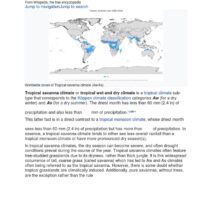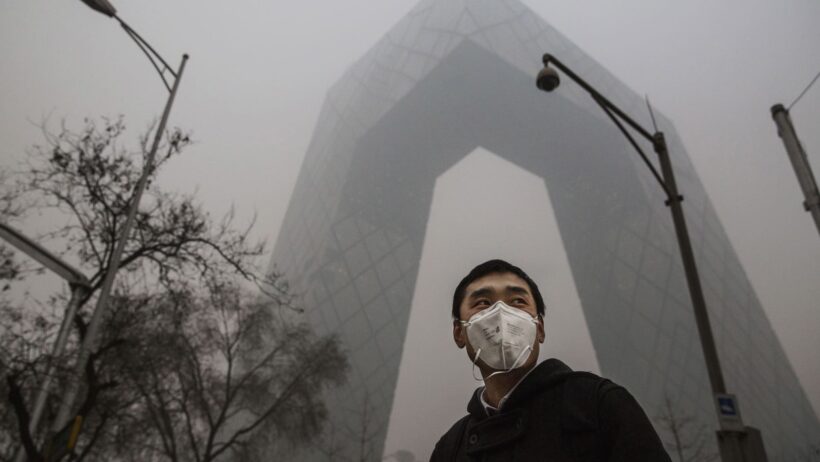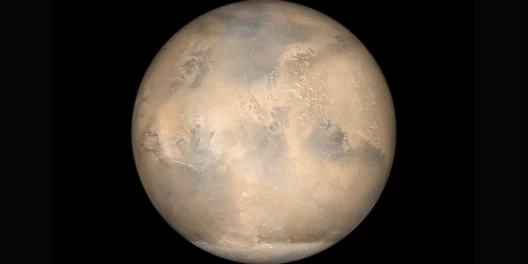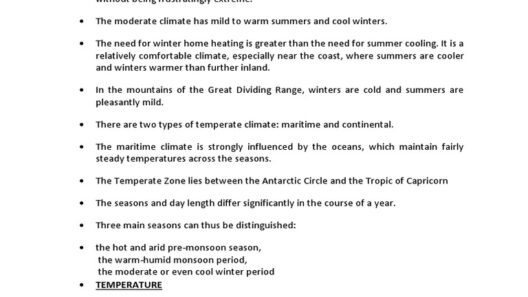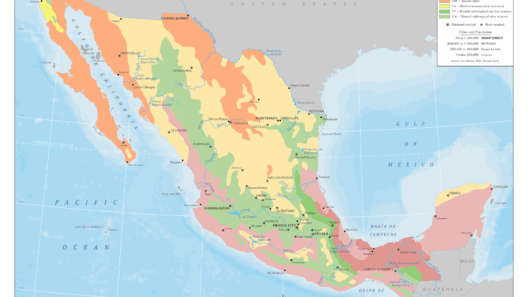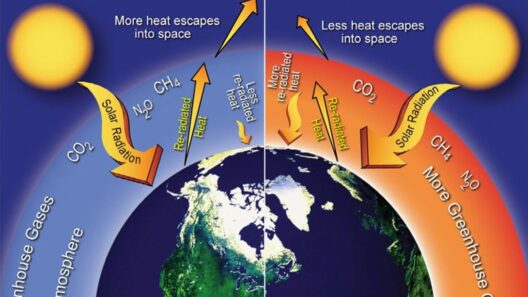The Paris Climate Agreement, an unprecedented accord forged in December 2015 at COP21 in Paris, represents a pivotal juncture in the global response to climate change. This landmark agreement aims to unite countries in an effort to combat the existential threat posed by climate change and its far-reaching implications for humanity and the planet. But what exactly did the Paris Climate Agreement do? Let’s delve deeper into its multifaceted contributions and explore the reverberating impact it has made since its inception.
The Paris Agreement primarily established a robust framework for international cooperation, seeking to limit global warming to well below 2 degrees Celsius above pre-industrial levels. The significance of this target cannot be overstated, as it reflects a collective understanding that exceeding this threshold could lead to catastrophic consequences, including extreme weather events, sea-level rise, and biodiversity collapse. The beauty of the agreement lies not just in its aspirational target, but in the binding commitment from participating nations to take action.
Each signatory to the agreement submitted their own Nationally Determined Contributions (NDCs), which outline the specific steps they intend to take to reduce greenhouse gas emissions. This bottom-up approach emphasizes inclusivity, recognizing that while some countries have a larger historical responsibility for emissions, all nations—regardless of developmental status—must act in concert.
As countries engage in the process of reporting and updating their NDCs, they are encouraged to set ever more ambitious targets, creating a race to the top rather than the bottom. This intrinsic characteristic fosters a sense of accountability, while simultaneously stimulating innovation and investment in sustainable technologies. The aesthetic appeal of this cooperative spirit is unmistakable; when diverse nations rally together for a common cause, it cultivates hope and a shared vision of a sustainable future.
Moreover, the Paris Agreement is distinguished by its emphasis on transparency and accountability. Countries are required to submit regular reports detailing their progress, thus ensuring that their efforts are not merely symbolic. A robust framework for monitoring and evaluating progress allows for the identification of successes and shortcomings, fostering an atmosphere of collective responsibility. This transparency is not just another bureaucratic mechanism; it embodies the ethical imperative to act against climate change, compelling nations to justify their actions to both domestic and international audiences.
Yet, the Paris Agreement does not merely function as a regulatory framework; it serves as an inspirational blueprint for a sustainable future. By galvanizing financial support for climate action, particularly in developing nations, the agreement recognizes that the transition to a low-carbon economy is not solely the responsibility of affluent nations. The Green Climate Fund, established to assist developing countries in their mitigation and adaptation efforts, exemplifies this commitment. Through financial aid, technology transfer, and capacity-building initiatives, the agreement fosters self-sufficiency and resilience among vulnerable populations.
In addition to financial mechanisms, the Paris Agreement encourages innovation and the sharing of green technology. By creating an environment conducive to collaboration, it enables nations to leapfrog outdated technologies, accelerating the transition to cleaner energy sources. This evolution towards sustainability is both necessary and aesthetically profound; imagine a world where cities are powered by renewable energy, where lush green spaces replace concrete jungles, and clean air is a given rather than a privilege. Such aspirations are at the heart of what the Paris Agreement seeks to achieve.
Another noteworthy characteristic of the Paris Agreement is its inclusivity. By inviting participation from not only governments but also businesses and civil society, it champions a holistic trajectory towards a sustainable future. Non-state actors play a pivotal role in amplifying the commitments laid out in the agreement. From corporations adopting sustainable practices to local communities organizing grassroots movements, the engagement of diverse stakeholders fosters solidarity and disseminates awareness on climate issues. This collective action transcends borders and unites individuals in the shared struggle against climate change.
Furthermore, the agreement serves as an impetus for global climate action, catalyzing a significant cultural shift towards sustainability. The palpable excitement surrounding renewable energy, electric vehicles, and sustainable agriculture is a testament to this paradigm shift. The Paris Agreement has motivated cities and regions around the world to set their own targets, often exceeding national ambitions. The sense of urgency it has instilled can be encapsulated in an evolution of consciousness—an awakening to the reality of climate change and the commitment to combat it through collective action.
However, challenges remain. The promise of the Paris Agreement hinges not only on voluntary commitments but also on the capacity and willingness of countries to deliver on those commitments. The stark reality of geopolitical tensions, economic disparity, and political changes raises questions about the durability of these pledges. Yet, the very existence of the Paris Agreement plants a seed of hope for future generations, epitomizing the belief that collective action can yield transformative results.
In conclusion, the Paris Climate Agreement is much more than a political document; it is a cohesive framework that fosters international cooperation, accountability, and innovation in the face of climate change. By establishing binding commitments, promoting transparency, and galvanizing support for climate action, it ignites a global movement towards sustainability. The agreement not only seeks to mitigate the impacts of climate change but also envisions a more equitable and resilient future for all. As we continue to navigate the uncharted waters of climate change, the Paris Agreement stands as a beacon of hope—a testament to humanity’s capacity for unity and action at a time when it is needed most.


